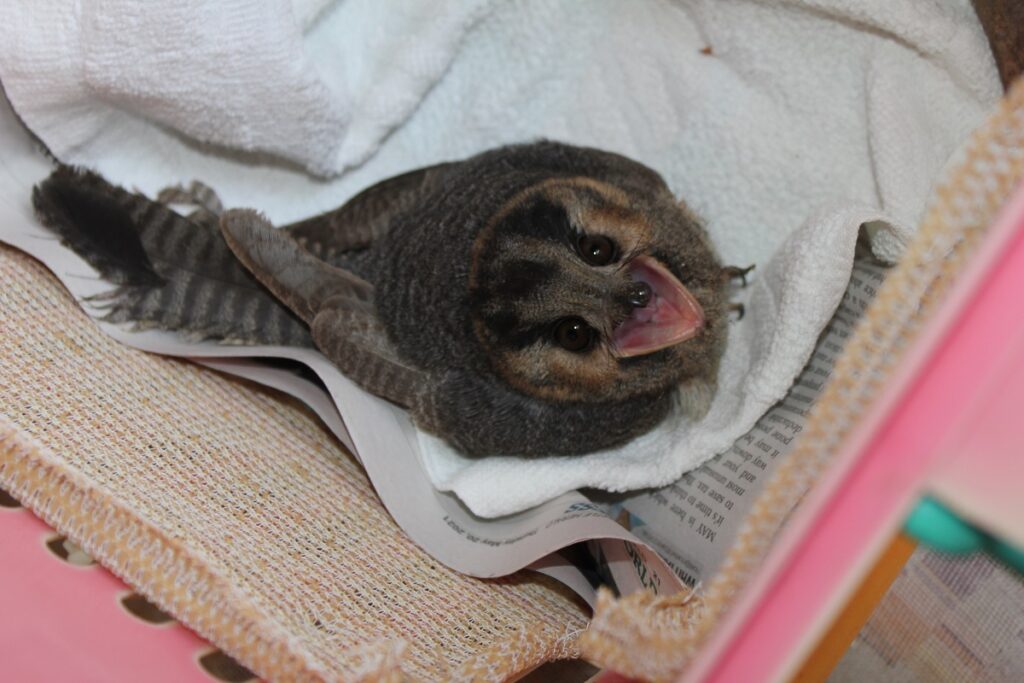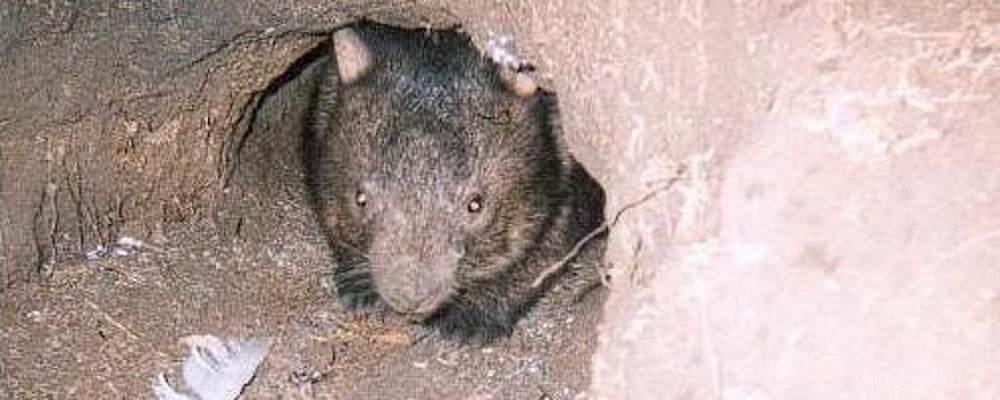July 19th 2022
In in the years we have been rescuing and rehabilitating native birds we never had an Owlet -nightjar come into care .One of the most common and widespread of Australia’s nocturnal birds, the smallest found here. It occurs throughout Australia and its islands, as well as southern New Guinea.
We had a call from a guy we know in town. He and a crew had been wood chopping and a bird had fallen from a tree hollow. It was stunned so they put it in a box and kept it warm and called us when they got back to town saying they had a baby kookaburra that need care. I went into town to collect it. It was tiny , much smaller than a feathered baby kooka would have been.
It weighed a meagre 36grams. The right shoulder had a graze and bruising but no apparent breaks and was quite feisty!
The preferred habitat of the Australian Owlet-nightjar is a tree-studded area where there are suitable hollows. During the day it roosts in hollow branches and tree trunks. The birds form permanent bonds, and pairs occupy the same territory throughout the year. The bird came from about 100k away from us in the thick of bushland and that’s where it needed to be returned to.
Owlet-nightjars feed at night on a variety of insects. Birds will take flying prey, or will pounce on prey either on the ground or in trees. Hunting takes place within a territory and normally in pairs. The Owlet-nightjars watch for food while in flight, or by sitting and searching from a suitable perch.

That tucker is O.K.!
